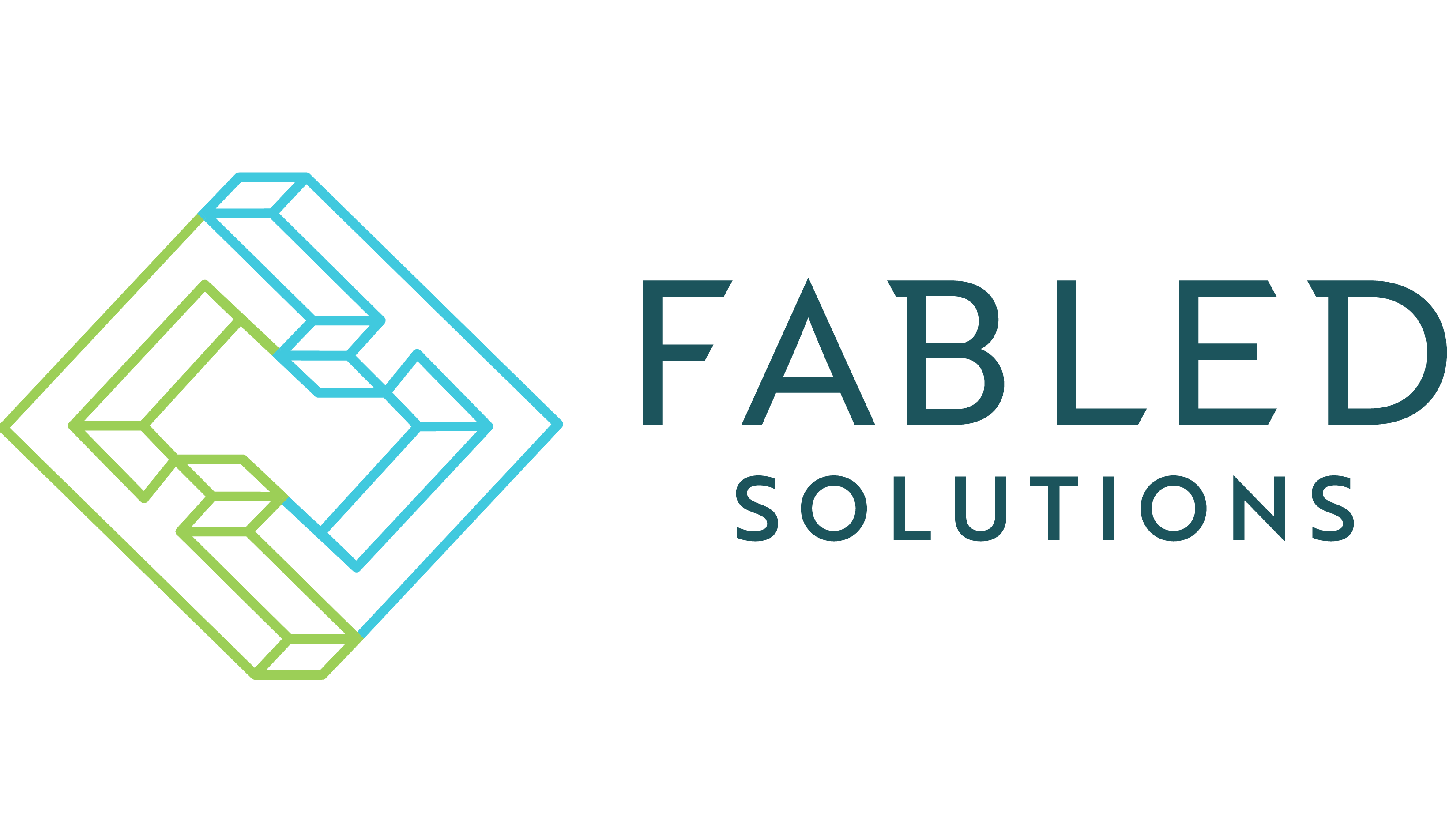Here at Fabled Solutions, we value productivity. We always have several web development projects as well as internal initiatives on the go, and so we focus on staying on task in order to meet our deadlines. Although we use Slack to communicate throughout the day and Harvest to track our time allocation, we enjoy our team meetings in order to check in with each other and get a more formal update on what we have been accomplishing. One thing we constantly work on is striking the right balance between having too few or too many meetings.
We Value People over Processes
Meetings are essential for communication, collaboration, and decision-making, but they are often seen as a drain on productivity and time. In our company, we have a pretty simple mantra when it comes to team meetings; it’s quality over quantity. We would rather have one super productive meeting that leaves everyone feeling like they’re on the same page, than a dozen sessions that eat up our precious time. In the end, it’s all about making sure that when we gather, whether virtually or in-person, we’re focused, engaged, and moving the needle forward.
Let’s go through the 2 types of meetings we are committed to at Fabled Solutions.
Focused, Weekly Check-in Meetings
Our weekly check-in meetings are done virtually to make sure all our team members across Canada can join, they are structured, and we cap them at 30 minutes. We each take time sharing what we’ve been working on over the past week. Each person gets 2-3 minutes to present something they’ve worked on, followed by 2-3 minutes to talk about a challenge they are facing and whether they need help from a team member. We find this meeting layout beneficial for several reasons:
- Awareness – First, all of our team members are more aware of what each other person has been up to. One of our developers could have set up multiple databases and developed several intricate features for a system, while another may have deployed a website for a different client. This check-in allows our project manager to ensure we are on track to meet project deadlines and gives us a chance to congratulate each other on the great work we’ve been doing. It also helps us focus our social channels on topics that are relevant to our work environment.
- Problem Solving – One of the best parts about working with a team is all of the different backgrounds and knowledge bases. What one team member may see as a challenge, another may see as a strength. By announcing something that we are struggling with, we open the door for others to step in and help either by providing different perspectives, advice, or even the solution!
- Collectivity – Another positive outcome from these meetings is having our team feel like more of a collective. As mentioned before, we have a very focused environment, and so having a reoccurring opportunity to listen to each other and work together strengthens us each week. Some team members may never get to team up on projects, and so working together to solve a weekly challenge prepares us for the day those said team members do need to work together. No one gets left behind, and we are all willing to help if someone is in need.

